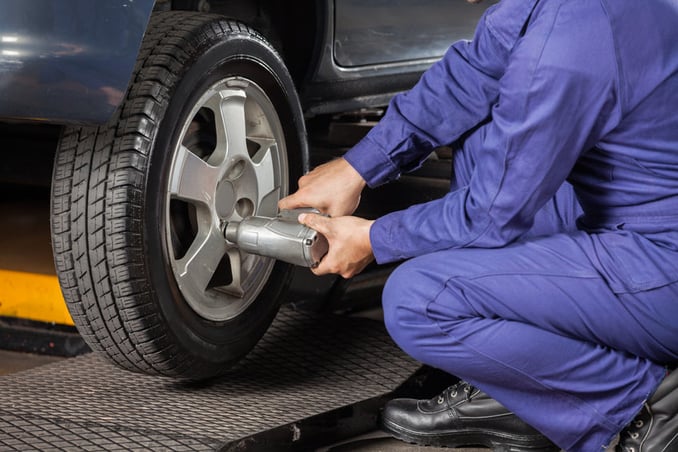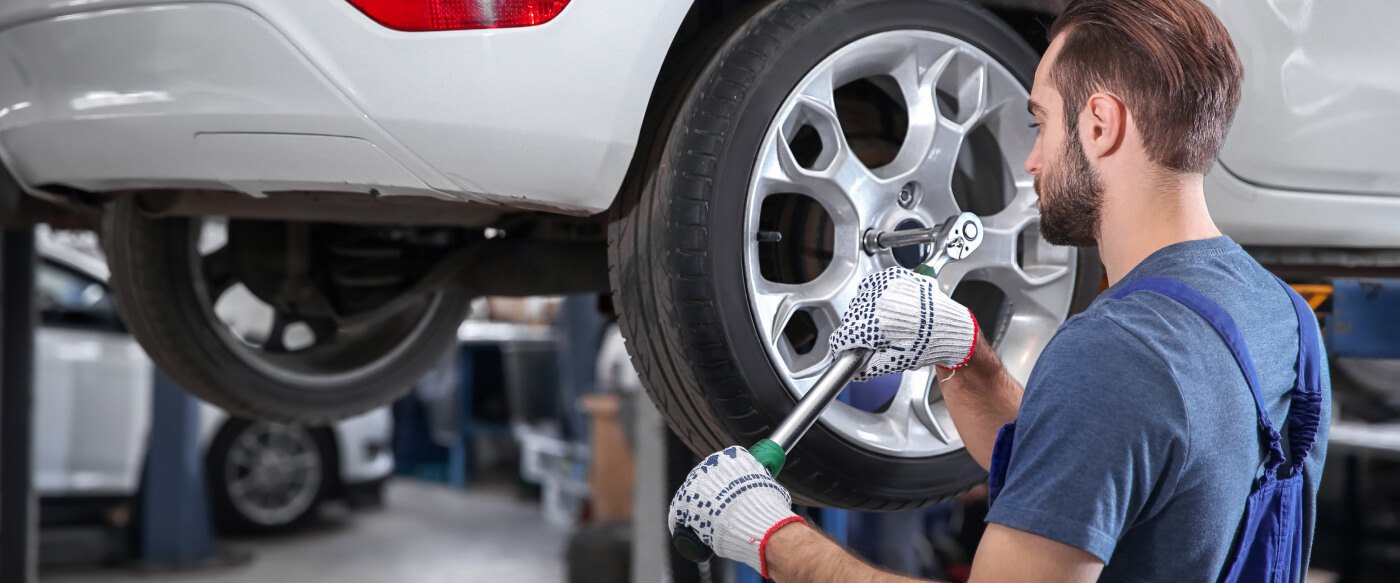Morris Tires: Your Location for GMC Tires Service Excellence
Morris Tires: Your Location for GMC Tires Service Excellence
Blog Article
Tire Solution: The Effect of Weather Condition Conditions
When it concerns making certain ideal efficiency and safety when traveling, recognizing the influence of weather condition conditions on tire solution is critical. From scorching warm to icy roadways, each weather component can significantly affect tire capability and general driving experience. By diving into the impacts of varying climate condition on tires, vehicle drivers can obtain beneficial insights that may boost their lorry's performance and longevity. In this discussion, we will certainly check out the complex partnership between weather conditions and tire service, losing light on the significance of weather-specific tire upkeep practices and factors to consider.
Warmth and Tire Performance
When revealed to high temperature levels, tires experience changes in efficiency that can considerably impact automobile safety and security and handling. The warmth generated from extended driving or heat conditions causes the tire rubber to soften, bring about lowered step life and increased wear. As the rubber comes to be softer, the tire's grasp on the roadway decreases, affecting braking distances and total grip. In severe instances, too much warmth can even trigger tire blowouts, positioning a serious security threat to the lorry and its occupants.

Winter Results
Cold climate problems can have a considerable impact on tire efficiency and safety. In cool climate, tires may additionally lose air stress much more swiftly, which can affect dealing with and fuel effectiveness.
To reduce the impacts of cool weather condition on tires, it is crucial to consistently inspect tire stress and inflate them to the manufacturer's suggested degrees. Using winter season or all-season tires made for winter problems can additionally enhance grip and grip on icy or snowy roads. Proper tire upkeep, consisting of regular evaluations for wear and damages, becomes much more essential during cooler months to make certain optimal performance and security.
Rainy Issues Influence
Throughout wet conditions, tire efficiency and safety and security can be dramatically affected by the damp roadway surface areas and lowered visibility. The walk pattern of tires plays a critical duty in keeping grip on wet roads. Tires with worn-out footsteps are more susceptible to hydroplaning, where a layer of water develops up between the road and the tire surface, leading to loss of traction. To fight this, drivers ought to consistently evaluate their tires for sufficient walk depth and think about spending in tires especially made for damp conditions.
Furthermore, stormy climate can also decrease visibility, making it testing for motorists to see the road in advance plainly (GMC Tire Service). In such conditions, it is important to readjust driving rates as necessary and maintain a risk-free adhering to range to permit abrupt stops. Appropriately inflated tires can additionally aid in my link preserving control on damp roads by supplying better handling and grip
Snow and Tire Security
When driving you could look here in snowy problems, having the best tires can make a considerable difference in safety and security and efficiency. Winter tires are developed with unique rubber substances and step patterns to give far better grip on snow and ice compared to all-season tires.

It is vital to adhere to supplier guidelines when using and mounting tire chains to avoid damages to the tires and automobile. By choosing the best tires, maintaining correct inflation, and taking into consideration added grip aids like tire chains, chauffeurs can boost their safety and security when navigating snow-covered roads.
Weather-Related Tire Maintenance
Weather-related tire maintenance incorporates an array of methods intended at making sure ideal tire feature and durability in different climate circumstances. One essential facet of weather-related tire upkeep is tire stress guideline. Checking tire tread on a regular basis and replacing tires when step wear gets to a specific depth is important for maintaining grip and security in unfavorable weather condition.
Conclusion
In this link conclusion, climate problems have a significant impact on tire efficiency and safety. From warmth affecting tire pressure and put on to cool weather decreasing traction, it is important to think about the climate when keeping and utilizing tires.
In this conversation, we will check out the complex partnership between climate conditions and tire solution, shedding light on the significance of weather-specific tire upkeep techniques and factors to consider.

Report this page